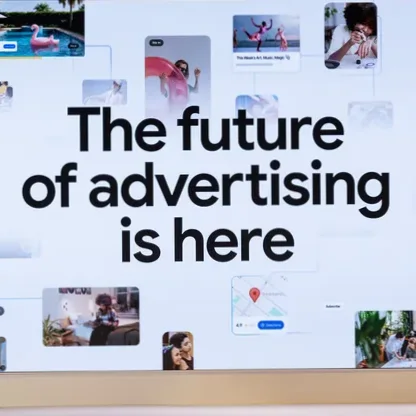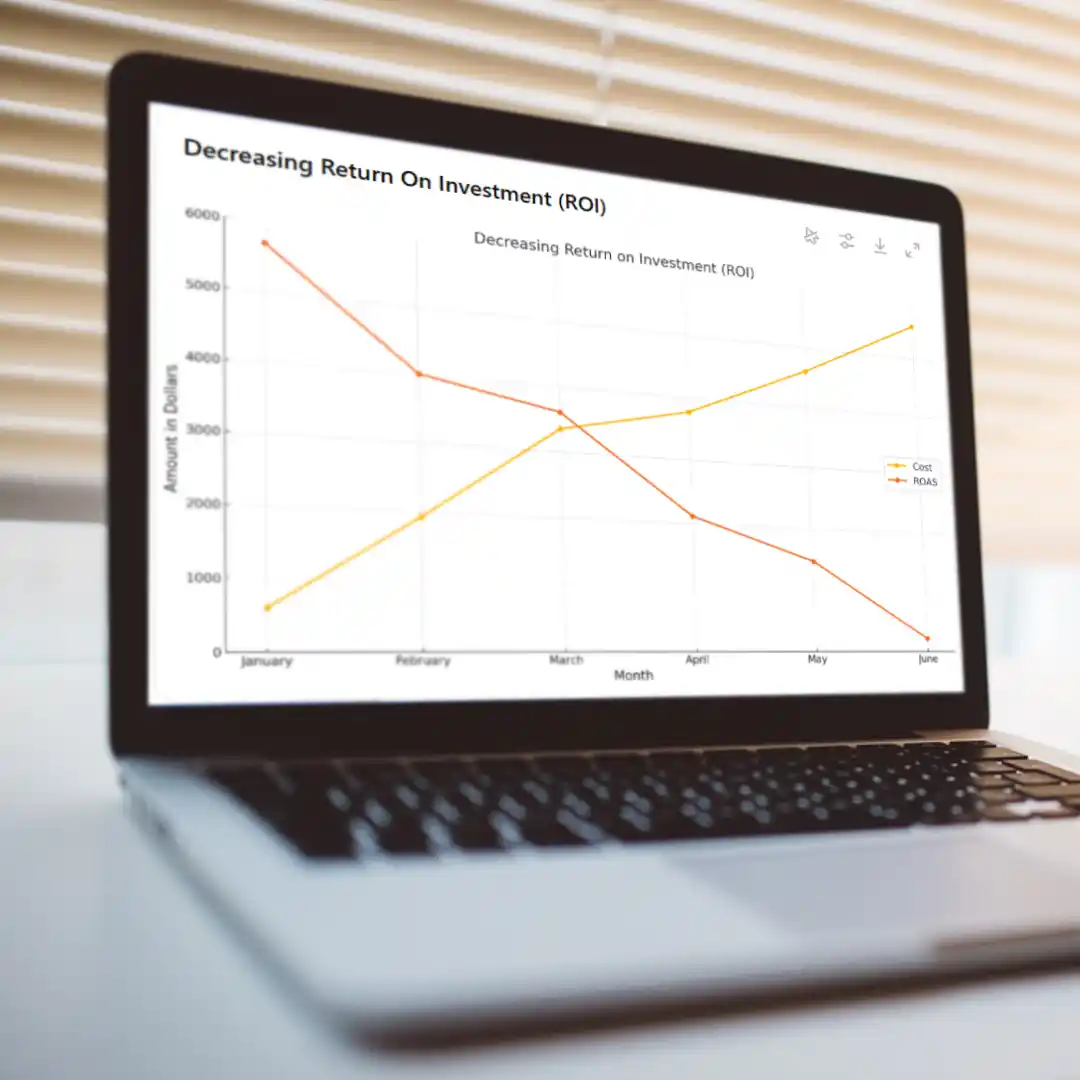Clients often ask us “What is the average conversion rate for our industry?” If you search online, you may find charts or graphs that show the industry standard conversion rates for your industry. But are they accurate and should you set expectations based on their claims?
According to Google, the definition of a conversion is:
An action that’s counted when someone interacts with your ad (for example, clicks a text ad or views a video ad) and then takes an action that you’ve defined as valuable to your business, such as an online purchase or a call to your business from a mobile phone.
Though not listed in the definition, a conversion can be anything defined as a measurable event and there can be good reasons to track a variety of such events as conversions. Such events can include clicking a button, scrolling a certain percentage of a page, remaining on the website or a page for a defined amount of time, or even viewing a specified number of pages of a site. When measuring visitor engagement and interest, for example, tracking these ancillary types of conversions can be very useful.
However, when these events are included in overall conversion counts, the result is a higher number of conversions with a lower conversion value or quality. Because many companies and online agencies include these types of events in their overall conversion counts, they reduce overall conversion data credibility and inflate their conversion rates. Unfortunately, these conversion types are usually included in published conversion averages by industry.
For this reason, there is a big difference between cost per conversion and cost per lead. The cost per conversion can be very low compared to the cost of an actual lead.
A web lead is generally the result of a form completion, a newsletter sign-up, a chat session, an email or a phone call. It allows the marketer contact with the website visitor and indicates the start of the nurturing or sales process. A lead is far more valuable than the time on site or a number of page views, but to measure leads requires conversion goals that actually result in contact information being exchanged. The cost per lead, therefore, is higher than the cost per conversion as reported in general industry standards.
Industry standard conversion rates also depend on how an industry is defined. In Education, for example, the category could include everything from pre-kindergarten, elementary to Higher Education schools, private tutoring companies and every other company that has chosen education as their category. Based on the type of education, the cost per click varies based on competition and can range from a couple of dollars to over $100. For high tech companies, cost per click and conversion rates can vary widely based on the uniqueness, competitiveness and cost of the solution.
The bottom line is that conversion industry standards provide useful baseline data but keep in mind that your particular organization has unique attributes that may significantly affect your individual conversion results.





